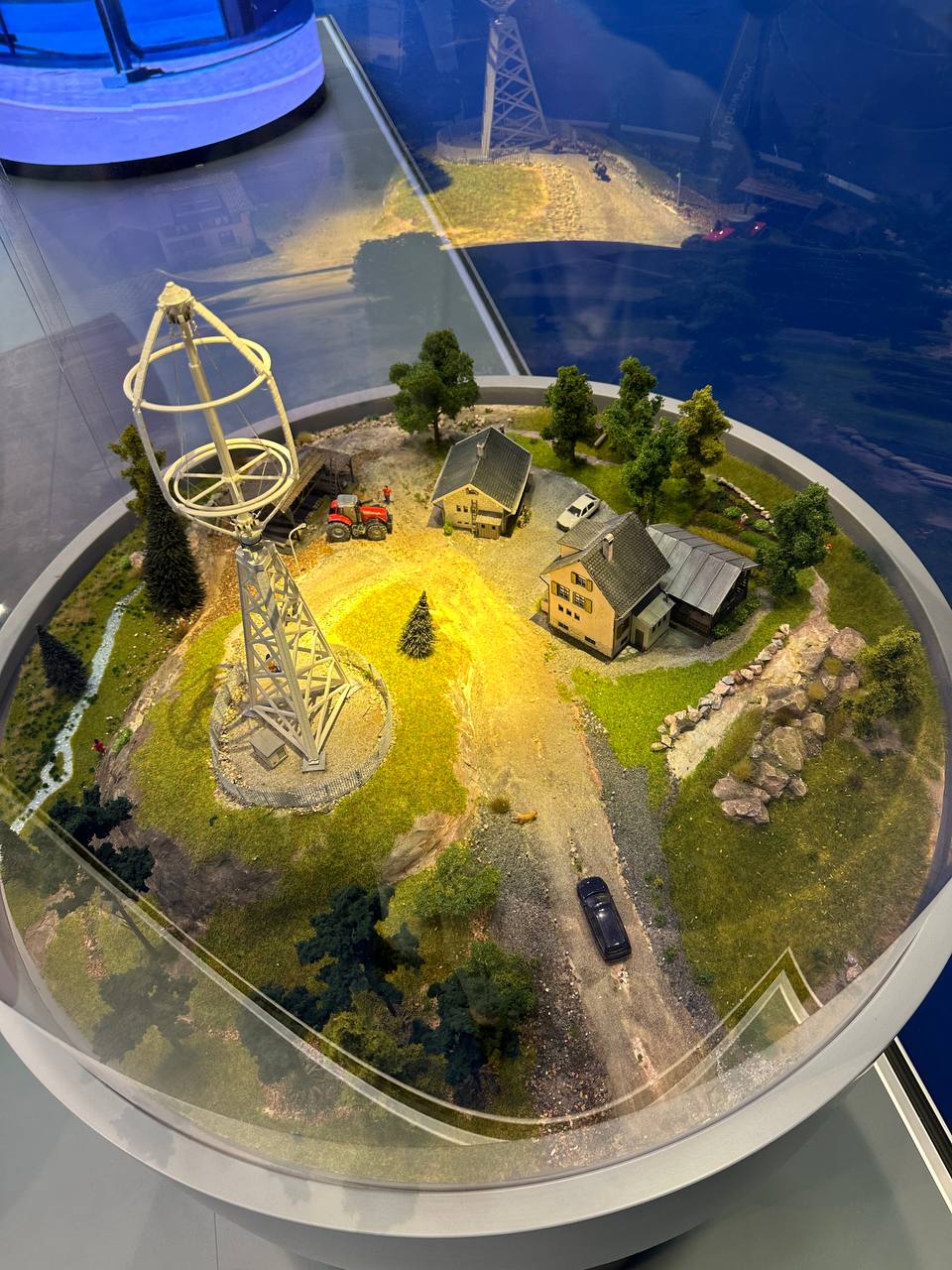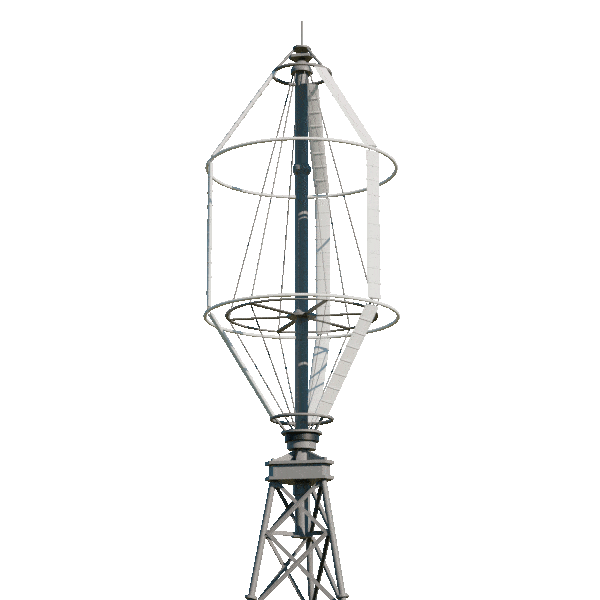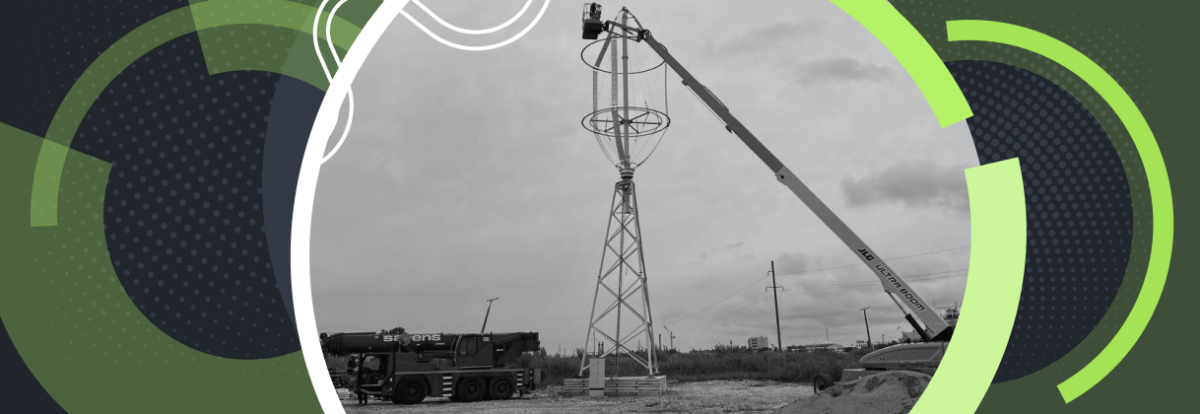Introduction
Recent years have seen a spike in the public interest in alternative energy sources, with a special focus on wind energy as one of the most promising areas in renewable energy. Geared to supply power to individual households, small businesses and remote communities, small wind energy has been gaining traction owing to its affordability and eco-friendliness. However, despite the obvious advantages and considerable progress in the area, there are numerous myths and misconceptions that may impede its advancement and penetration.
These myths encompass a wide range of beliefs, from doubts about the effectiveness to concerns about the negative impact on the environment and biodiversity. Such fallacies both mislead stakeholders distorting their perception of wind energy, and undermine the overall efforts aimed at transitioning to a sustainable energy future.
It is important to dispel these myths by presenting readers with verified information and actual data demonstrating the efficiency, economic benefits, and environmental safety of small wind turbines. FREEN, as a leader in the development and implementation of innovative solutions in small wind energy, actively works on advancing technologies and raising public awareness about the opportunities presented by wind as a source of clean energy. By showcasing stories of success and achievements in this field, as well as presenting unbiased information, FREEN makes a significant contribution to debunking common misconceptions, while supporting the development of a sustainable future for all.
In our article, we invite you to immerse yourselves in the world of small wind energy, expose the most persistent myths and misconceptions surrounding the industry, and take a look at the real state of affairs through the prism of FREEN’s achievements and innovations. By following us on this path, you will have an opportunity to both expand your knowledge and take a look at many things from a new perspective, possibly even reconsidering your attitude towards renewable energy sources.
Overview of myths and misconceptions and their debunking
Myth 1: Small wind energy is inefficient
Misconception: Many believe that small wind turbines cannot provide sufficient energy for domestic or commercial needs, particularly when compared to conventional energy sources or other types of renewable energy.
Debunking: Modern small wind installations demonstrate a high efficiency owing to advanced technologies and design optimization. Both research and practice show that, with the right choice of location and due account of local wind conditions, small wind turbines can significantly, if not entirely, cover the energy consumption needs of households or small businesses. The research by the National Renewable Energy Laboratory (NREL) shows that, if positioned correctly, modern small wind turbines can be highly efficient and capable of meeting the energy needs of households and small businesses.
Myth 2: High cost and low return
Misconception: It is assumed that investments in small wind energy do not pay back due to high initial and O&E costs, as well as instability of wind as the energy source.
Debunking: The reduction in the cost of wind turbines and improvements in their efficiency over recent years have significantly improved their economic attractiveness. Government subsidies, tax incentives, and the opportunity to sell excess generated energy to the grid also contribute to higher returns on investment. The report of the International Renewable Energy Agency (IRENA) highlights the decrease in the cost of wind energy equipment and the improvement in its efficiency, making investments in wind turbines increasingly attractive.
Myth 3: Negative impact on the environment and birds
Misconception: Wind turbines are often criticized for their perceived harmful effect on birds and other wildlife, as well as potential landscape degradation.
Debunking: Numerous studies and practical experience show that proper planning and placement can help minimize the impact of wind turbines on nature and birds, though environmental impact issues should still be addressed. Wind energy has a much lower environmental impact compared to fossil fuels, as confirmed by the research of the National Audubon Society.
Myth 4: Limited applicability in various climatic conditions
Misconception: There is an opinion that small wind turbines may only be effective in particularly windy areas, limiting their use in locations with less intense winds.
Debunking: Modern small wind turbines are designed to maximize efficiency even at low wind speeds. Innovations in blade design and control systems allow the installations to generate electricity in a broad range of wind conditions, making them suitable for use in various climatic zones. The adaptability and versatility of small wind turbines are evidenced by cases of their successful operation in diverse conditions around the world. The World Bank research provides data showing that small wind turbines are successfully operated in diverse climatic conditions worldwide, from the Arctic to the tropics,’ with the technology adaptation to different wind conditions.
Summing up
Hence, many doubts and concerns about small wind energy are based on obsolete data or misinterpretations. Modern developments and technological advancements have significantly increased the efficiency, affordability, and environmental safety of small wind turbines, making them an important component in the transition to sustainable energy. Continued efforts aimed at raising public awareness and developing the technology will further contribute to the recognition and utilization of wind energy in the future.
FREEN’s contribution to the development of small wind energy
FREEN acts as a technological leader in the green energy market, offering innovative solutions in the field of small wind turbines. Our products, including 5, 20, and 55 kW models, demonstrate an advanced approach to design and engineering, ensuring high energy conversion efficiency and resilience to various weather conditions.
Innovative approaches and technologies
FREEN utilizes unique patented designs and modern IT solutions to ensure production quality certified by ISO 9001-2015 standards and other specialized standards. The company’s products are designed for operation in all weather conditions, boasting flexibility and durability properties owing to innovative blade and housing designs.
Promoting sustainable development
FREEN products are intended for a wide range of application scenarios, from private households to commercial enterprises, supporting both autonomous and grid-connected solutions. The company spares no effort to reduce environmental impact, using environmentally friendly materials and optimizing the production process.
FREEN both offers high-tech solutions for wind energy generation and provides a full range of project implementation services, from site potential assessments to equipment installation and maintenance. The company’s commitment to make wind energy accessible and reliable for everyone is key in the efforts aimed to advance a sustainable energy future.
Conclusion
Recent years have seen a spike in the public interest in alternative energy sources, with a special focus on wind energy as one of the most promising areas in renewable energy. Geared to supply power to individual households, small businesses and remote communities, small wind energy has been gaining traction owing to its affordability and eco-friendliness. However, despite the obvious advantages and considerable progress in the area, there are numerous myths and misconceptions that may impede its advancement and penetration.
These myths encompass a wide range of beliefs, from doubts about the effectiveness to concerns about the negative impact on the environment and biodiversity. Such fallacies both mislead stakeholders distorting their perception of wind energy, and undermine the overall efforts aimed at transitioning to a sustainable energy future.
It is important to dispel these myths by presenting readers with verified information and actual data demonstrating the efficiency, economic benefits, and environmental safety of small wind turbines. FREEN, as a leader in the development and implementation of innovative solutions in small wind energy, actively works on advancing technologies and raising public awareness about the opportunities presented by wind as a source of clean energy. By showcasing stories of success and achievements in this field, as well as presenting unbiased information, FREEN makes a significant contribution to debunking common misconceptions, while supporting the development of a sustainable future for all.
In our article, we invited you to immerse yourselves in the world of small wind energy, expose the most persistent myths and misconceptions surrounding the industry, and take a look at the real state of affairs through the prism of FREEN’s achievements and innovations. By following us on this path, you will have an opportunity to both expand your knowledge and take a look at many things from a new perspective, possibly even reconsidering your attitude towards renewable energy sources.








